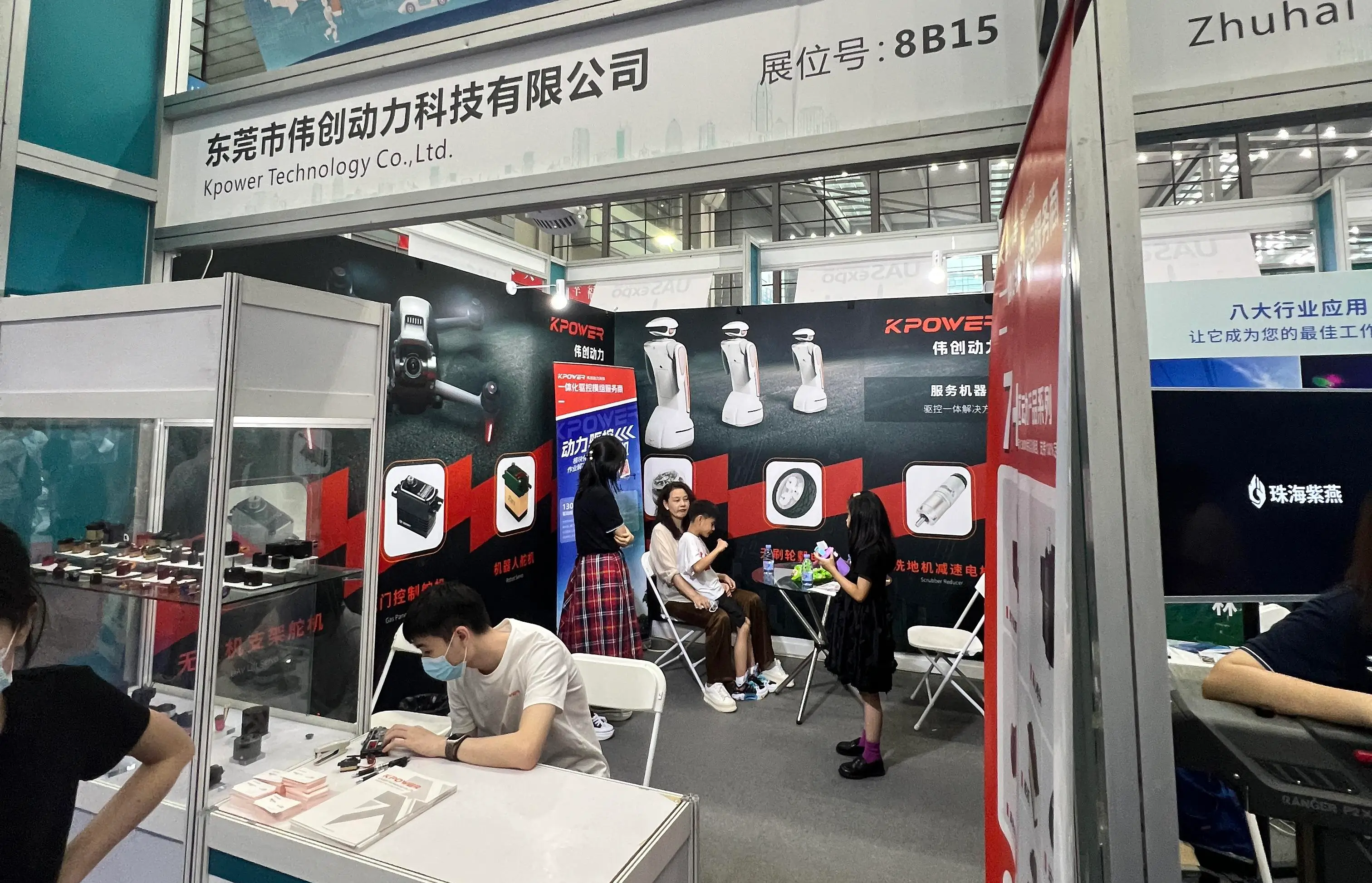In the world of modern engineering, where precision, power, and versatility are paramount, equipment designers and industrial engineers constantly seek innovative solutions to meet complex demands. Among these innovations, dual axis gear motors stand out as a game-changer—combining torque, compactness, and multi-directional control in a single, versatile package. These specialized motors are not merely a component but a testament to how far mechanical and electrical design have come in creating smarter, more efficient machines.

At their core, dual axis gear motors are designed to rotate along two perpendicular axes simultaneously, enabling complex motion profiles without the need for multiple separate motors or complicated linkage systems. This integration simplifies design, reduces system footprint, and enhances control capabilities. Whether it's in robotics, automation systems, aerospace, or precision manufacturing, the dual axis configuration offers unmatched flexibility—delivering power exactly where it’s needed, in the precise direction, and with minimal space.
The fundamental concept of a gear motor involves coupling a motor with a gear reduction system. The gear reduction increases torque output while decreasing rotational speed, allowing for high-torque, low-speed movement ideal for many industrial applications. In a dual axis setup, two such gear motor assemblies are integrated—often within a shared housing or via synchronized control—to generate two independent, or coordinated, axes of motion.
This setup allows for two degrees of freedom in a compact form, which is especially beneficial in scenarios where space is limited. For example, in robotic arms or automated camera systems, dual axis gear motors enable precise positioning and smooth motion, often resulting in faster response times and increased accuracy.
One of the key technological advancements that have made dual axis gear motors so effective is the development of high-quality gear trains—such as planetary gears, cycloidal gears, or harmonic drives—that offer low backlash, high efficiency, and durability. Combined with modern brushless DC motors or stepper motors, these gear trains can deliver rapid, precise, and reliable movements.
The design of dual axis gear motors also involves careful consideration of control systems. Advanced electronic controllers, including digital servos and motion controllers, allow for synchronized movement, speed regulation, and positional accuracy. This integration between mechanical design and digital control systems enables complex functionalities such as rotation in multiple planes, coordinated motion sequences, and dynamic load handling.
From an industrial perspective, dual axis gear motors lower maintenance requirements because of their robust construction and high-quality materials. Their streamlined design reduces the number of components and potential points of failure, leading to longer service life and lower total cost of ownership. Moreover, their high efficiency helps reduce energy consumption, aligning with global trends toward sustainable manufacturing.
In practical applications, dual axis gear motors can be found everywhere—from CNC machine tools, where they facilitate complex toolpaths, to scientific instruments requiring minute adjustments in multiple directions. Their ability to provide fine-tuned movements makes them indispensable in research labs, medical devices, and aerospace technology.
Furthermore, innovative uses continue to emerge as industries push for more integrated, smarter systems. For instance, in advanced automation, dual axis gear motors enable robotic grippers to handle fragile items delicately while rotating objects precisely. In the entertainment industry, robotic cameras equipped with dual axis gear motors can capture dynamic shots with seamless motion control.
By embracing the capabilities of dual axis gear motors, companies are not only improving the performance of their machinery but also gaining a competitive edge through increased product quality and operational efficiency. As the landscape of industry continues to evolve, these sophisticated motors are set to play an even more critical role—driving the next generation of automated systems, precision instruments, and intelligent robotics.
Stay tuned for the next installment, where we'll delve deeper into specific applications, cutting-edge innovations, and future trends shaping the evolution of dual axis gear motors.
Leveraging innovations in modular drive technology, Kpower integrates high-performance motors, precision reducers, and multi-protocol control systems to provide efficient and customized smart drive system solutions.




































